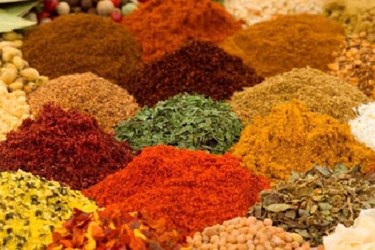Safety Of Spices Improves With New Technologies

By Sam Lewis

Better manufacturing technologies, accompanied by more focus on each phase of production, are boosting spice safety throughout the global supply chain
According to the FDA, more than 85 percent of U.S. residents regularly use fresh herbs, spices, and seasonings when preparing meals. Just about 60 percent of the spices Americans are using come from abroad, with more than 10 percent of them having some sort of contamination, whether it is foreign object or bacterial pathogen. “We used to think that if the produce was dry, we didn’t need to worry,” says Purnendu Vasavada, PhD, professor emeritus, University of Wisconsin-River Falls, at a June 22 panel discussion during the 2014 Institute of Food Technologists (IFT) Annual Meeting & Food Expo in New Orleans. “However, even a dry spice can maintain microbial properties, including bacteria.”
Application Note: Recommended Blending Equipment For Seasonings
The hurdle that must be overcome to prevent food illness outbreaks from spices is making sure proper safety measures are practiced during every stage of production. According to Kathiravan Krishnamurthy, PhD, assistant professor of food science and nutrition at Illinois Institute of Technology, “Novel and improved food production technologies are helping to limit spice contamination.” Included in these technologies that are ridding spices of pathogens during production are cold plasma, controlled condensation steam, and pulsed light.
Despite improvements to eliminate bacteria, many external elements can still affect the efficiency of these technologies. Knowing where a spice is grown, how they are transported, and how facilities that perform these operations are cleaning not only their facilities, but the actual spices. Every part of the supply chain can pose a potential problem to the cleanliness and bacterial levels of spices.
A company famous for its spices, McCormick, has recognized the disconnect between the source of spices, the processing facility, and the consumer. In an effort to improve the safety of products, McCormick is involved in efforts to reduce how many workers and partnerships are involved in creating its products. “Fewer touch points reduce the risk of contamination allowing us to work directly to impact product quality and innovation,” says Roger Lawrence, VP of global quality, regulatory affairs, and environmental affairs for the company.
Lawrence also says that spices have accounted for just three foodborne-illness outbreaks in 37 years, which he calls, “an extremely small percentage of outbreaks.” Still, Lawrence’s sentiments align with FSMA, “one outbreak is one too many, one recall is one too many.”
